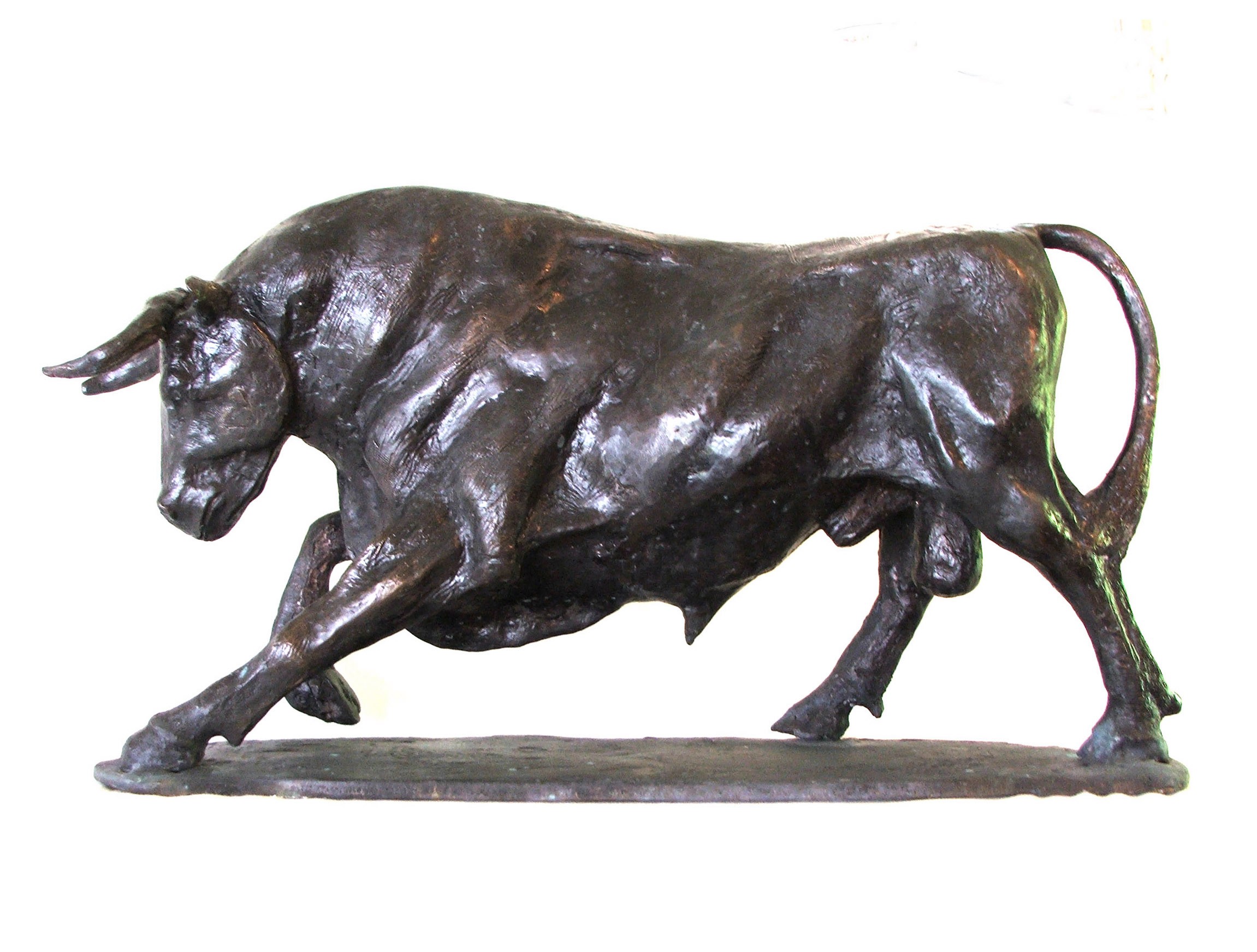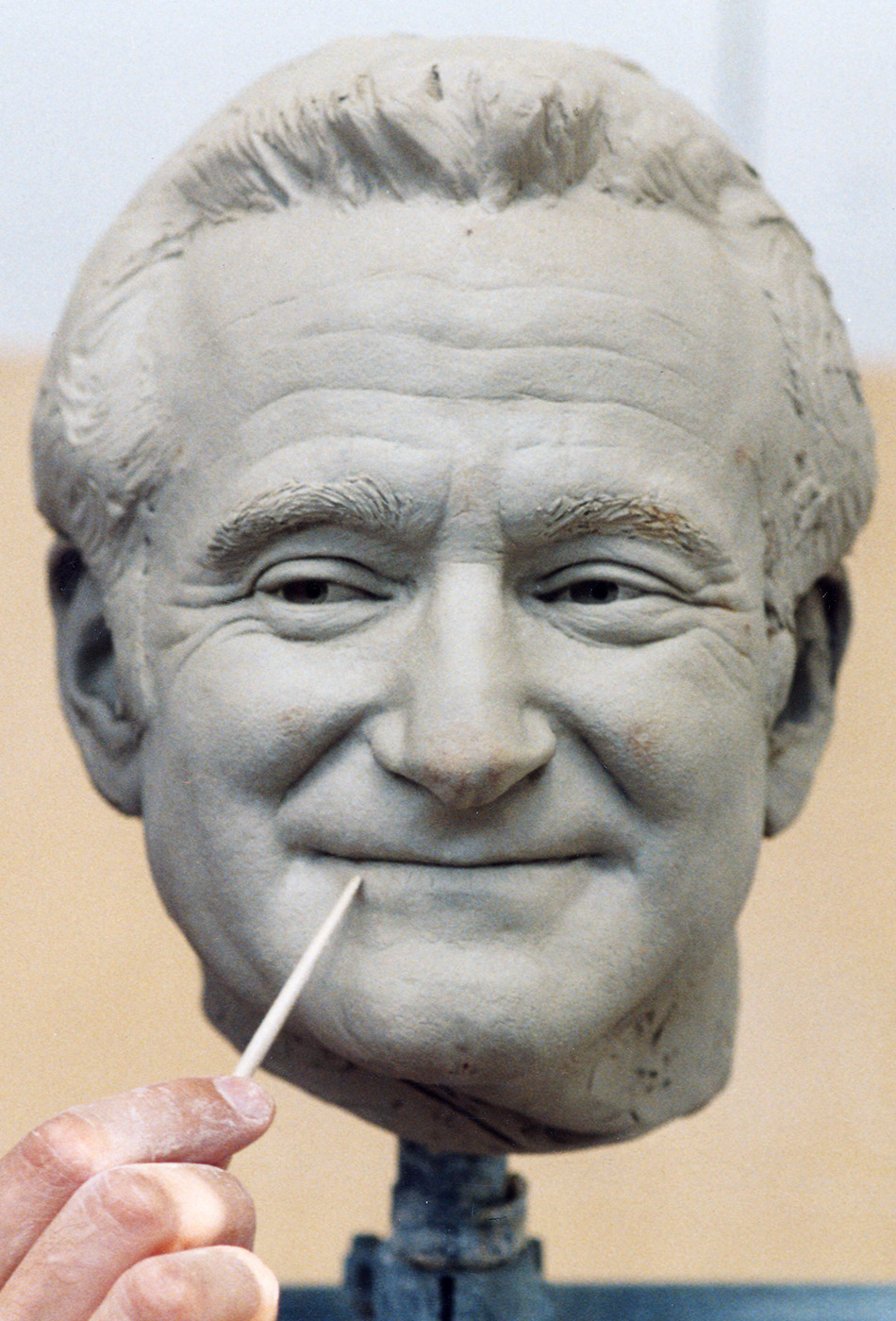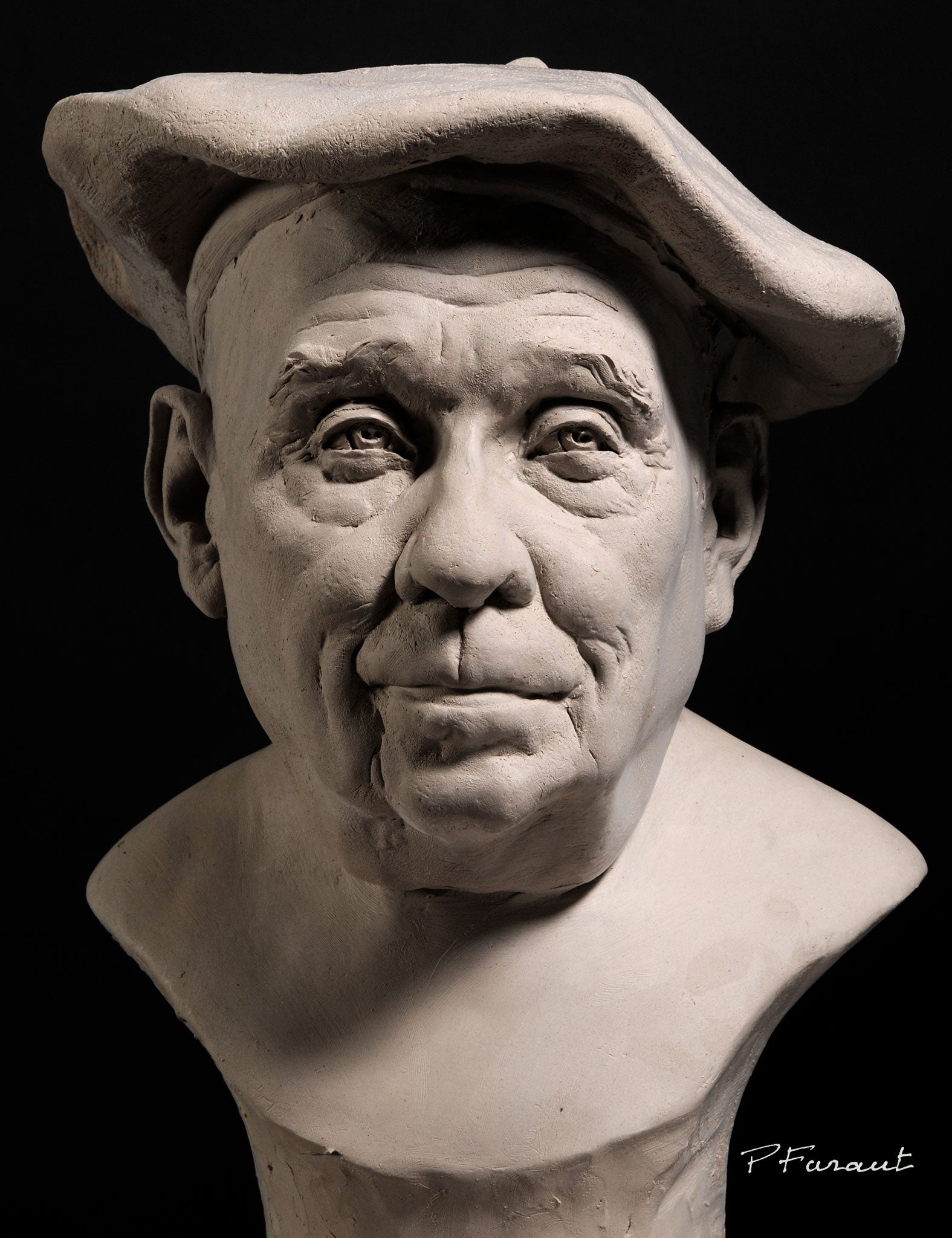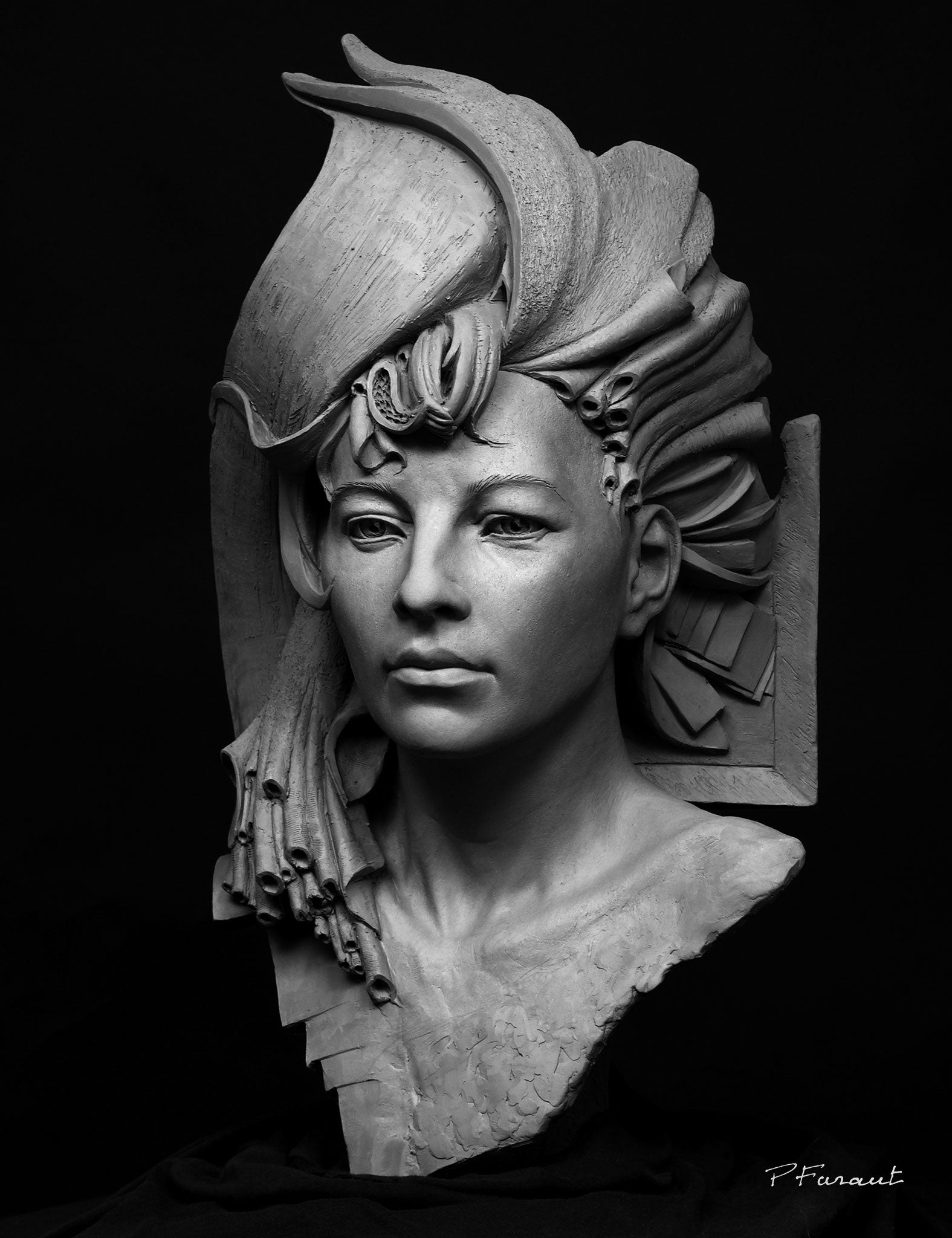Sculptures in Public Spaces: Enhancing the Urban Landscape
Sculptures in public areas have actually become an essential component of city landscapes, considerably boosting the visual charm and social identification of cities around the globe. Bronze Sculptures. These artistic installments lug a historic value, usually mirroring the heritage and worths of a community. Past their aesthetic worth, sculptures also play an important function in fostering community involvement and interaction. They offer a centerpiece for public events, encourage discussions, and develop a sense of satisfaction and possession amongst locals. Sculptures have the power to transform otherwise boring and ordinary spaces into vibrant and dynamic environments, injecting creativity and imagination right into the urban textile. As cities remain to evolve, the growing of public art appreciation comes to be increasingly essential in producing livable and comprehensive metropolitan settings.
Historic Value of Sculptures in Urban Spaces
The historical significance of sculptures in city rooms is undeniable, as they serve as tangible representations of the cultural, social, and creative heritage of a city. These sculptures not just boost the aesthetic allure of the city landscape but also provide a link to the past, allowing people to connect with their history and roots.
Throughout background, sculptures have actually been made use of to memorialize important events, honor significant people, and share the worths and perfects of a culture. From old human beings to modern times, sculptures have stood as enduring icons of power, appeal, and artistic expression. They act as a testament to the creative thinking and craftsmanship of the musicians who produced them, in addition to the historic and cultural context in which they were produced.
Along with their visual worth, sculptures in urban areas play a critical duty in enlightening and motivating the general public. Robert C Hitchcock Sculptor. They act as exterior museums, enabling people to involve with art and history in a more interactive and obtainable way. They trigger conversations, prompt idea, and motivate reflection, adding to a higher understanding and appreciation of the city's identity and heritage
Effect of Sculptures on Community Identification

Sculptures in public areas substantially form and mirror community identity. These artistic creations have the power to record the significance of a neighborhood, representing its worths, history, and ambitions. By occupying popular placements in urban landscapes, sculptures become signs that reverberate with citizens and visitors alike, functioning as a visual depiction of an area's identity.
When a sculpture is mounted in a public space, it becomes a focal factor that draws individuals with each other. It produces a local color and pride, promoting a collective identity amongst neighborhood participants. The presence of sculptures can additionally affect the way people regard and connect with their surroundings, adding to a positive sense of belonging and accessory to the community.
Moreover, sculptures can contribute in promoting multiculturalism and inclusivity. They can celebrate the different social backgrounds and histories of a community, highlighting the payments of different groups and cultivating a feeling of unity and understanding. Contemporary Sculptures. Sculptures can work as effective storytelling devices, communicating narratives that reverberate with people from different strolls of life
Promoting Communication and Interaction Through Sculptures

One method sculptures promote communication is with their capability to offer as meeting points or gathering places. Sculptures also offer a common ground for discussion and argument, as they frequently stimulate interest and welcome interpretation.
In addition, sculptures can be interactive in nature, motivating physical engagement and playfulness. Installations that enable individuals to touch, climb up, or connect with them somehow offer a special chance for people to actively take part in the artwork and develop their own experiences. This hands-on engagement not only improves the link between individuals and the artwork however likewise promotes a sense of possession and satisfaction in the community.
Changing Dull Spaces With Artistic Sculptures
By including imaginative sculptures to otherwise uninspired locations, city spaces are transformed right into captivating and vivid environments. These sculptures bring life and personality to boring areas, developing a sense of intrigue and wonder for both residents and visitors alike. The visibility of art in public areas has the power to inspire and uplift, fostering a deeper connection between people and their surroundings.

Additionally, the placement of sculptures in public spaces can additionally function as a stimulant for rejuvenating whole communities. As individuals are attracted to these art setups, foot traffic boosts, businesses thrive, and areas prosper. The presence of sculptures creates a sense of satisfaction and ownership amongst locals, cultivating a higher sense of area and belonging.

Growing Admiration for Public Art in Urban Settings
One means to promote a much deeper appreciation for public art in metropolitan environments is by engaging the neighborhood in interactive experiences. By producing opportunities for people to proactively join the imaginative procedure, they can create a greater understanding and link to the art that borders them.
One reliable method of cultivating appreciation for public art is through neighborhood art tasks. Contemporary Sculptures. These projects include regional homeowners in the creation of public art installations, allowing them to contribute their talents and ideas to the art work. This not only infuses a feeling of possession and satisfaction in the neighborhood, yet also encourages individuals to watch public art as a reflection of their very own culture and identity
One more strategy is to arrange led art scenic tours or workshops that provide understanding right into the meaning and context of the general public art items. These experiences can be led by musicians, curators, or art chroniclers that can share their knowledge and knowledge with the individuals. By recognizing the background and importance of the art work, people are most likely to develop a deeper admiration for them.
In addition, incorporating modern technology into the experience can improve the recognition for public art. As an example, developing increased fact applications or interactive setups that allow individuals to involve with the art in cutting-edge ways can boost interest and exhilaration.
Final Thought
Finally, sculptures in public rooms play a considerable role in boosting the city landscape. They have an abundant historic relevance, add to the area's sense of identity, advertise interaction and engagement, and transform dull areas right into imaginative showcases. In addition, they grow gratitude for public art in urban environments, developing a much more dynamic and culturally enriched environment. These sculptures are crucial components fit the aesthetics and character of a city - Equine Sculptures.
Sculptures in public rooms have actually become an essential part of urban landscapes, significantly boosting the visual charm and social identity of cities around the world.In enhancement to their aesthetic worth, sculptures in urban spaces play a critical duty in educating and motivating the public.Sculptures in public rooms substantially shape and reflect neighborhood identity. By incorporating sculptures right into public rooms, cities can cultivate a society of creative thinking and innovation, motivating future generations to check out and value the arts.
In conclusion, sculptures in public areas play a substantial duty in improving the metropolitan landscape.